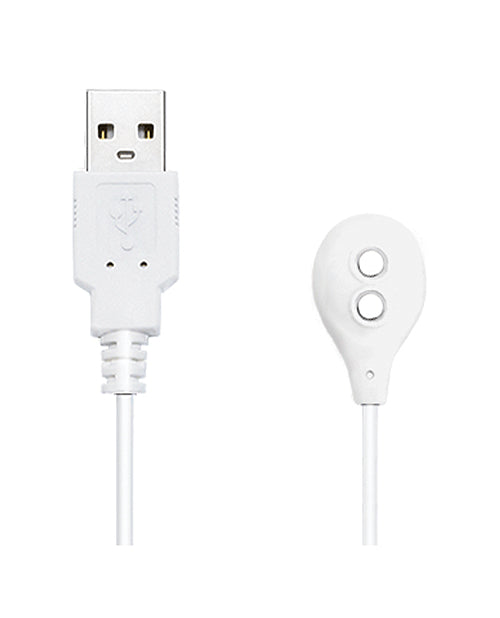3D Printed Sex Dolls: Customization, Ethics, and the Future of Intimacy
Why 3D Printing is Revolutionizing Sex Doll Production?
3D printing has transformed sex doll manufacturing through unprecedented customization. Unlike traditional methods limited to preset molds, this technology enables:
0.03mm precision in facial features and body contours using high-resolution 3D scanners Adaptive skeleton designs with 40+ adjustable joints for lifelike poses Material innovation: Medical-grade TPE/silicone blends that mimic human skin elasticity while resisting bacterial growthA 2024 study shows 68% of buyers prioritize anatomical accuracy, which 3D printing achieves through layered manufacturing – a stark contrast to the “uncanny valley” effect of mass-produced dolls.
Can DIY 3D-Printed Sex Dolls Replace Commercial Models?
The rise of home 3D printing democratizes creation but raises quality concerns:
AspectCommercial 3D DollsDIY CreationsMaterial SafetyFDA-approved siliconesVariable-grade filamentsStructural IntegrityReinforced steel skeletonsPLA/ABS plastic framesCost3,000−15,000500−2,000While enthusiasts like Berlin-based maker “Lukas_TPE” showcase intricate DIY designs on Reddit, industry leaders warn: ”Home printers lack pressure sensors and thermal regulation for safe intimate use” – Starpery Technology engineer quoted.
How Do AI and 3D Printing Collaborate in Next-Gen Dolls?
The fusion of additive manufacturing and AI creates hyper-personalized companions:
ChatGPT-powered interaction: WMdoll’s MetaBox system remembers user preferences and adapts dialogue using Llama models Physiological simulation: Integrated heating systems and liquid-gel breast technology that mimics body warmth Ethical safeguards: Blockchain-based age verification to prevent illegal modifications“Our AI doesn’t just talk – it learns your coffee preferences and debates Nietzsche,” reveals a Shenzhen developer testing prototypes.
What Legal Risks Emerge from 3D-Printed Intimacy Devices?
Four critical legal battlegrounds:
Intellectual Property: 87% of doll blueprints on Thingiverse infringe patented designs Product Liability: Courts debate whether users or makers bear responsibility for DIY doll injuries Privacy Concerns: Cloud-connected dolls’ data storage violating GDPR Customization Limits: France’s 2024 ban on “child-like” 3D doll componentsThe EU’s proposed 3D Printing Compliance Act (2026) mandates:
Biometric user authentication Mandatory material safety certifications 15% royalty payments to original designersEnvironmental Impact: Sustainable Innovation or E-Waste Crisis?
3D printing’s paradox:
✔️ Reduces silicone waste by 72% compared to injection molding ❌ Each doll requires 18kWh energy – equivalent to 140 smartphone charges Recycling challenges: Only 12% of TPE blends are biodegradableStartups like EcoIntimacy now offer carbon-neutral doll subscriptions, planting 10 trees per purchase.
Personal Perspective
As someone tracking this industry’s evolution, I marvel at 3D printing’s capacity to fulfill nuanced human needs yet remain wary. The technology isn’t inherently problematic – it’s our responsibility to steer it toward enhancing human connection rather than commodifying isolation. What truly excites me? Prototypes like the ”Empathy Module” that help autism patients practice social cues, proving intimacy tech’s potential extends far beyond the bedroom.